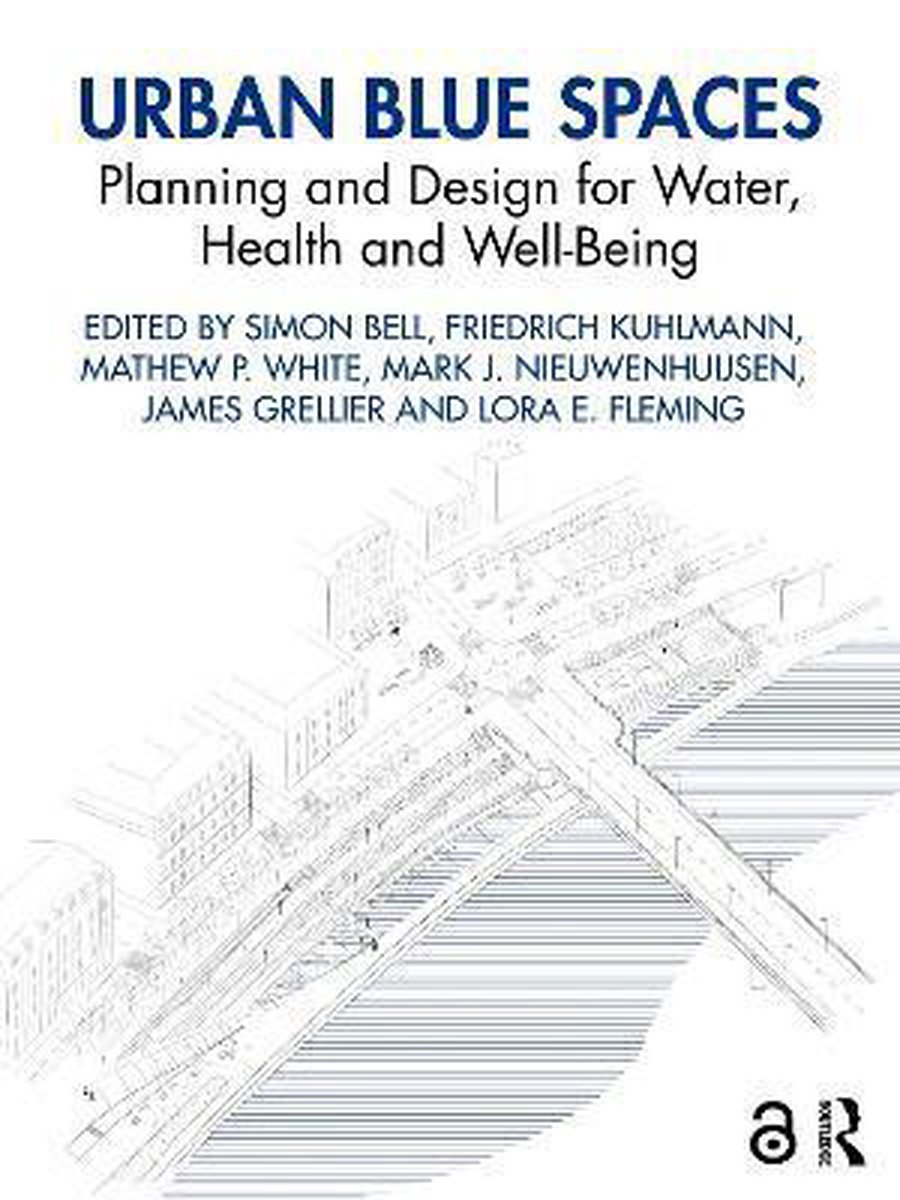This book presents an evidence-based approach to landscape planning and design for urban blue spaces that maximises the benefits to human health and well-being while minimising the risks. Based on applied research and evidence from primary and secondary data sources stemming from the EU funded BlueHealth project, the book presents nature-based solutions to promote sustainable and resilient cites. Numerous cities around the world are located alongside bodies of water in the form of coastlines, lakes, rivers and canals, but the relationship between city inhabitants and these water sources has often been ambivalent. In many cities, water has been polluted, engineered or ignored completely. But, due to an increasing awareness of the strong connections between city, people, nature and water, and health, this paradigm is shifting. The international editorial team, consisting of researchers and professionals across several disciplines, leads the reader through theoretical aspects, evidence, illustrated case studies, risk assessment and a series of validated tools to aid planning and design, before finishing with overarching planning and design principles for a range of blue-space types. Over 200 full colour illustrations accompany the case study examples from geographic locations all over Europe including Portugal, UK, Norway, and Estonia. With green and blue infrastructure now at the forefront of current policies and trends to promote healthy, sustainable cities, Urban Blue Spaces is a must-have for professionals and students in landscape planning, urban design and environmental design.

Geef een reactie
Je moet ingelogd zijn op om een reactie te plaatsen.